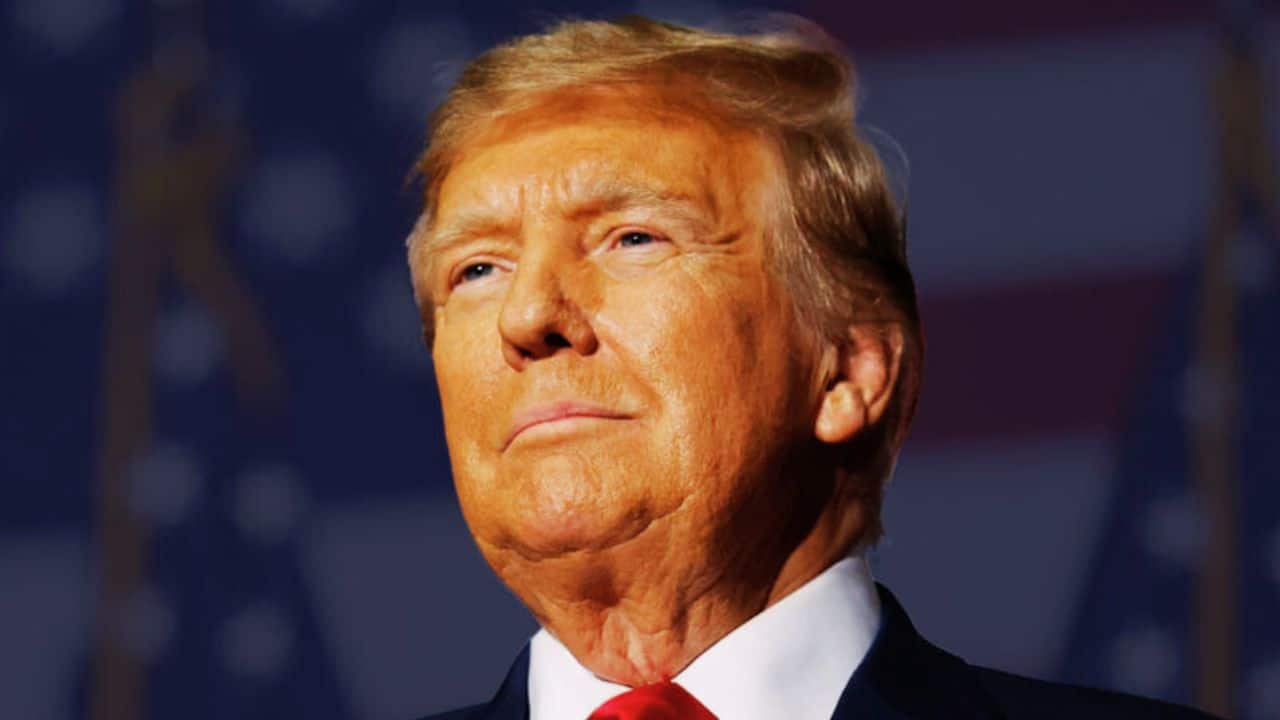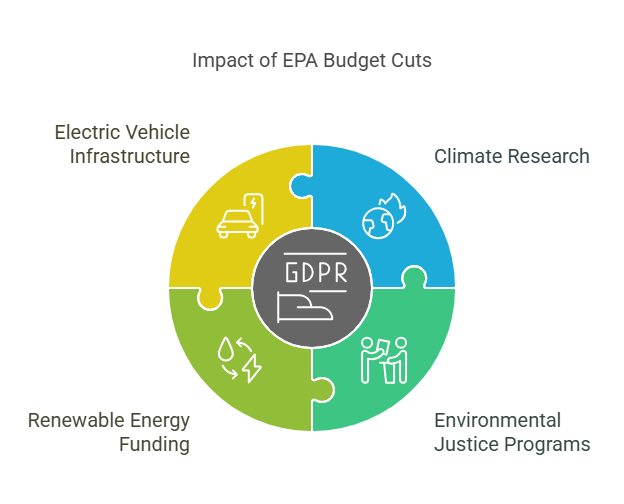President Donald Trump has unveiled his fiscal year 2026 budget proposal, marking a significant shift in federal spending priorities. The plan emphasizes increased funding for defense and homeland security while proposing substantial cuts to various domestic programs. This “skinny budget” serves as a blueprint for Congress, which holds the authority to finalize federal spending.
Major Increases in Defense and Homeland Security Spending
Defense Budget Expansion
The proposal seeks to raise defense spending by 13%, bringing the total to $1.01 trillion. This increase includes allocations for missile defense systems, space exploration initiatives, and a 3.8% pay raise for military personnel. The administration emphasizes the need to enhance national security capabilities in response to global threats.
Enhanced Border Security
An additional $175 billion is earmarked for border security measures. This funding aims to complete the border wall, bolster deportation efforts, and enhance overall immigration enforcement.
Proposed Cuts to Domestic Programs
Education
The Department of Education faces a proposed 15% budget reduction, amounting to $13.7 billion. The plan consolidates multiple grant programs into a single $2 billion block grant, granting states more discretion over educational funding. Additionally, the Office for Civil Rights would see a one-third budget cut.
Health and Human Services
The National Institutes of Health (NIH) would experience an $18 billion funding cut, nearly 40% of its budget. Four NIH institutes focused on minority health, nursing research, global health, and integrative health are slated for elimination. The Centers for Disease Control and Prevention (CDC) would see its budget halved, affecting programs related to infectious diseases and public health initiatives.
Environmental Protection
The Environmental Protection Agency (EPA) faces a 50% budget reduction, impacting climate research and environmental justice programs. Funding for renewable energy and electric vehicle infrastructure would also be significantly reduced.
Housing and Urban Development
The Department of Housing and Urban Development (HUD) would see a $26 billion cut, affecting rental assistance programs and initiatives aimed at expanding affordable housing.
Foreign Aid and International Programs
The budget proposes an 84% reduction in funding for the State Department and international programs, including significant cuts to peacekeeping operations and disaster assistance. The U.S. Agency for International Development (USAID) would be effectively dismantled, with its functions absorbed by the State Department.
Reactions from Lawmakers
The budget proposal has elicited mixed reactions from Congress. Senator Susan Collins (R-Maine) expressed concerns over the proposed freeze in defense funding and cuts to programs like the Low Income Home Energy Assistance Program (LIHEAP) and biomedical research.
Senator Roger Wicker (R-Miss.) criticized the budget for not adequately accounting for inflation in defense spending, effectively resulting in a real-term cut.
Democrats have also voiced opposition, arguing that the proposed cuts would harm American families and hinder innovation. Senator Patty Murray (D-Wash.) stated that the budget would “set our country back decades” by reducing investments in essential services.
Next Steps
While the budget proposal outlines the administration’s priorities, it serves as a recommendation to Congress, which holds the power to determine federal spending. Lawmakers will engage in negotiations and deliberations to finalize the budget for fiscal year 2026.







































